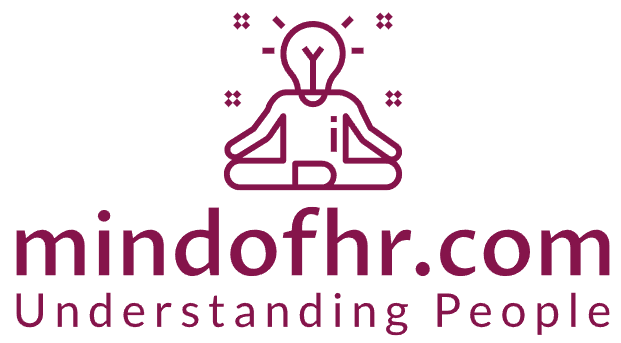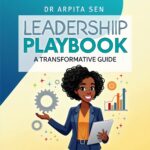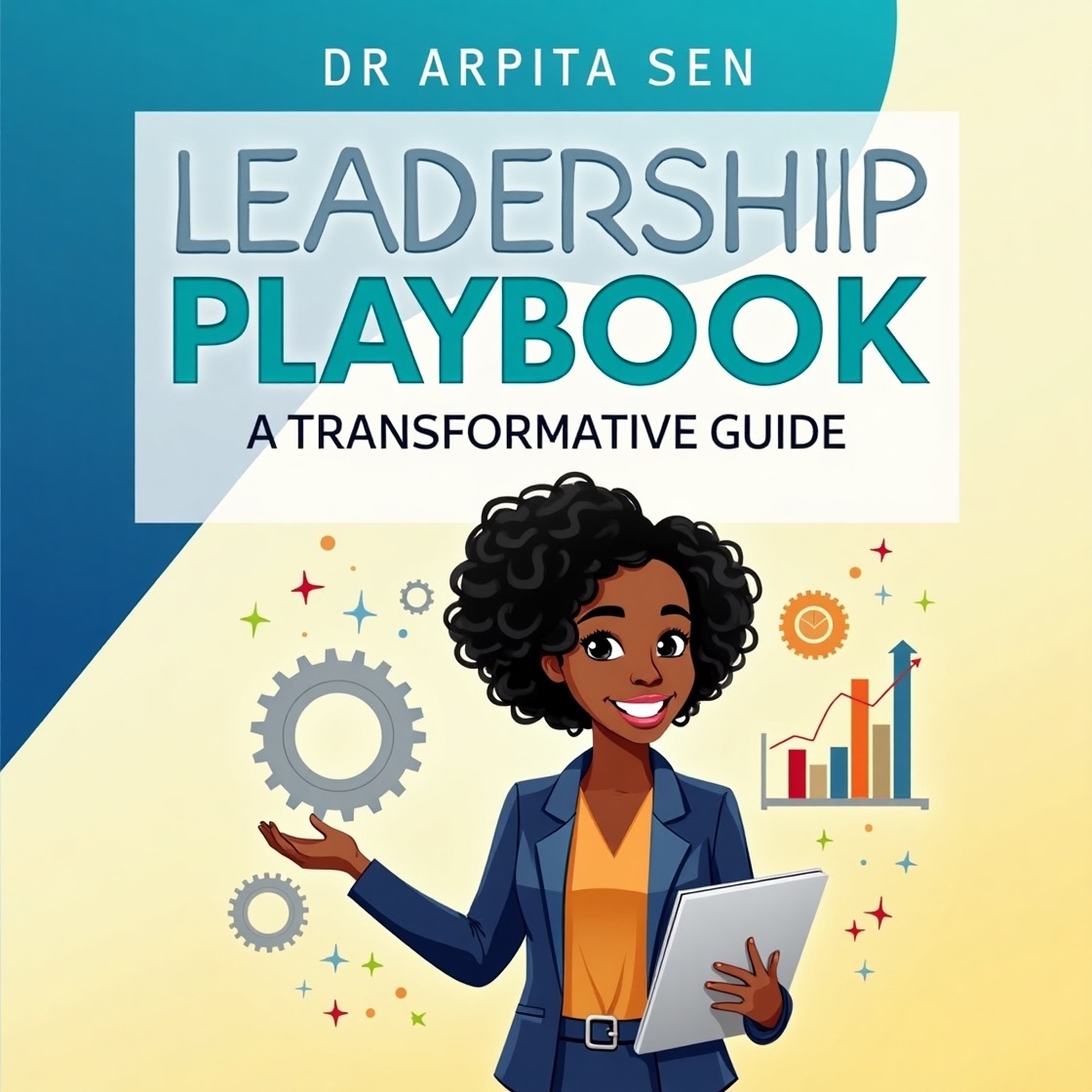How Decentralized Learning Hubs Future-Proof Your Workforce for Chaos, Change, and Complexity
When the world zigzags, fragile organizations break, resilient ones survive — but anti-fragile ones grow stronger. In today’s era of black swan events, technological disruption, and socio-economic volatility, organizations need more than just resilience. They need a system of learning that evolves under pressure — one that builds strength from uncertainty itself. Enter: Capability Academies.
“In times of chaos, your organization’s real competitive advantage is how quickly it can learn, unlearn, and re-learn — not at the center, but at the edges.” – Dr. Arpita Sen
What is Anti-Fragility, and Why Does it Matter Now?
The term anti-fragile, coined by Nassim Nicholas Taleb, describes systems that don’t just endure shocks — they improve because of them. Think: biological evolution, muscle growth, or startups born during recessions.
In the corporate context, anti-fragility is about designing systems that adapt and benefit from market shifts, crises, and transformation waves. That’s where Capability Academies come in — decentralized, employee-led learning ecosystems embedded deep within business units.
“Anti-fragility in organizations means decentralizing intelligence, empowering people to solve their own problems, and building learning into the DNA of daily work.” – Dr. Arpita Sen
What Are Capability Academies?
A Capability Academy is more than a training program — it’s a strategic learning hub built around business-critical skills. Unlike traditional L&D that flows top-down, academies are embedded within functions, powered by experts, and connected to real work.
They don’t teach generic content — they teach your people how to think in uncertainty, solve new problems, and lead change from within.
Key Features:
- Decentralized ownership – Each business function runs its own academy aligned to its unique challenges.
- Real-time feedback loops – Learning is based on current market, customer, and project needs.
- Integrated into work – Employees apply learning immediately, shortening the gap between theory and execution.
- Co-created by internal experts – Your high-performers become faculty, not just consumers.
Companies Doing It Right
🔹 Unilever – Future Skills Academy
Unilever launched a global platform called the Future Skills Academy, which includes 90+ academies across functions and geographies. It’s not run by HR — it’s owned by the business, tailored to each unit’s transformation agenda.
🔹 Ericsson – Technical Capability Academies
Ericsson created technical academies where engineers learn from each other in micro-learning formats. These are open-source internally, agile, and updated in real-time with market changes.
🔹 Adobe – Digital Academy
Adobe runs a decentralized learning model to upskill talent in design thinking, data analytics, and customer-centricity. Participants work on live business projects during the learning process.
“A capability academy doesn’t end when the course ends — it begins when the real problem-solving starts.” – Dr. Arpita Sen
Why Capability Academies Build Anti-Fragility
When learning becomes business-critical and continuous, your organization builds adaptive capacity. Here’s how Capability Academies enable anti-fragility:
| Trait | Traditional Org | Anti-Fragile Org via Academies |
|---|---|---|
| Learning Ownership | Central L& OD | Business Unit & Employee-Driven |
| Response to Crisis | Reactive | Proactive + Opportunistic |
| Skill Currency | Static | Dynamic & Contextual |
| Change Leadership | Top-Down | Multi-Nodal & Peer-Led |
| Innovation Velocity | Slow | Rapid & Experimental |
“When everyone owns capability development, you no longer need to push transformation — it starts pushing itself.” – Dr. Arpita Sen
How to Start Your Capability Academy Journey
Starting doesn’t require a million-dollar tech stack. Here’s a phased approach:
Step 1: Identify Critical Capabilities
Look at your business strategy. What skills will define success in 1–3 years? These become your academy themes — e.g., Digital Sales, Crisis Leadership, Design Thinking, AI Literacy.
Step 2: Decentralize Learning Ownership
Setup cross-functional learning squads with internal experts, team leads, and HRBPs. Let the business own learning outcomes.
Step 3: Integrate with Live Work
Design sprints, peer reviews, internal project showcases — bring learning into the workflow, not away from it.
Step 4: Measure Impact in Real Time
Use metrics like capability heatmaps, team velocity, idea-to-implementation ratios, and revenue impact from academy-led innovation.
“If you can’t measure it, you can’t scale it — but if you can feel its pulse inside teams, you know you’re building anti-fragility.” – Dr. Arpita Sen
ROI of Capability Academies: Real Numbers, Real Impact
🔸 Unilever reports that academy-driven employees are 25% more likely to be promoted or deployed in transformation projects.
🔸 Deloitte notes that organizations with capability academies are 3x more likely to be innovation leaders in their sector.
🔸 Internal research by IBM found that capability academies led to a 43% improvement in time-to-skill for high-demand roles.
These aren’t just “feel good” programs. They are business accelerators in disguise.
The Future Belongs to the Anti-Fragile
The next disruption isn’t a matter of if — it’s a matter of when. Capability Academies aren’t a trend; they are a strategic necessity. They decentralize wisdom, empower frontline innovation, and create shock-absorbing capacity in every corner of the business.
“The future doesn’t reward the strongest or the smartest — it rewards those who can adapt the fastest. Capability Academies are how we operationalize that adaptation at scale.” – Dr. Arpita Sen
In a world spinning with uncertainty, Capability Academies don’t just teach your people how to survive. They teach them how to thrive through chaos — and build a company that’s better because of it.











